Last Sunday, 8 October 2017, the 44th All Japan Jodo Taikai was held in the Tokyo Budokan in Ayase in North-Eastern Tokyo, organised by both the ZNKR and the Tokyo Kendo Federation. As with the EJC, the AJJT changes location every year, usually alternating between East and West Japan and, this year, it was East Japan’s turn.
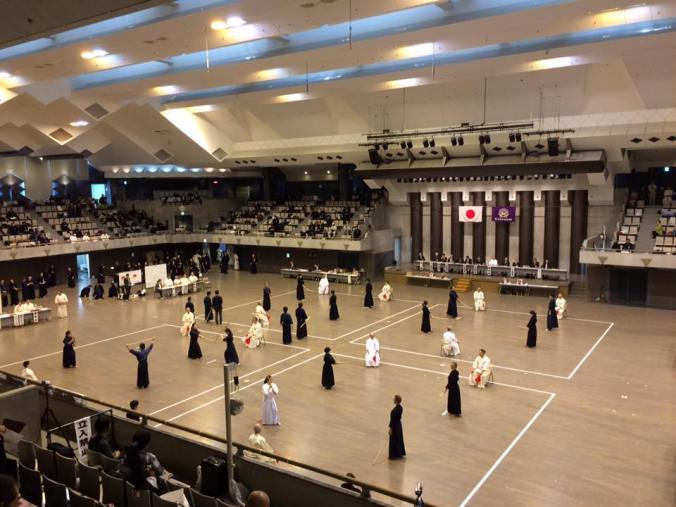
Although the doors weren’t due to open for us until 8:45 (there was also what appeared to be a high school kyudo taikai also taking place, for which the participants were allowed in at 8:30), most people arrived well in advance. This year, 262 pairs entered the taikai from as far afield as Hokkaido and Kagoshima (no Okinawa representative this year), split up in grade categories from 1dan to 7dan, and flooded in as soon as the doors opened. We signed in at our grade’s reception desk and received a program and tshirt before making our way up to the gallery and each prefecture commandeering a bunch of seats for their competitors. Nishigaki-san and I had a look at the 5dan lineup, by far the largest with 64 pairs, and immediately thought “oh well, there’s always next year.” Our first match was against Kozuka-san and Ouchi-san from Miyagi, both very strong students of Murakami s. Although we hadn’t been able to train with each other as much as last year (Nishigaki-san had been ridiculously busy at work and I’d also had other things on my plate) and had only managed three keiko, we were both feeling pretty good…until we saw those two names.
Still, after the opening ceremony consisting of words of encouragement from some of the top sensei and the national anthem, the morning was given over to the 1dans to 3dans while we and the 6dans and 7dans were not due to go on until the afternoon so we got a bit of last-minute practice in. Unlike both the Kanagawa-ken Taikai and every taikai I’ve attended in Europe, for the AJJT, competitors enter in pairs, both side of which are judged, 6 shitei-waza are set and the weapons are exchanged after the first three waza. The shitei-waza had been released months in advance and, in my experience have never changed:
1dan: 1-6
2dan: 2-7
3dan: 3-8
4dan: 4-9
5dan: 5-10
6dan: 6-11
7dan: 7-12
There are also no pools, only knock-outs, the specific number of rounds per category being dictated by the number of pairs. As with previous years, Nishigaki-san and I agreed that he would be shijo for Sakan, Monomi and Kasumi while I would do Tachiotoshi, Raiuchi and Seigan. The court managers well-organised. They had us lined up ready to go well before any of us were due on and had us take it in turns to do aisatsu. We were the fifth match so we had a bit of time but that time seemed to vanish instantly and we were soon entering the shiaijo.
I don’t actually remember much of the match itself but, even though I felt it went quite well – I felt relaxed, all my techniques felt like they were hitting their marks and I’d even managed to take most of the power out, my own biggest demon – I wasn’t surprised when two flags went up against us, our one flag being given by our own Abe s.. Iwata s., Nishigaki-san’s teacher, was kind enough to film our match (minus Sakan), and from that footage, it’s clear why we lost: my second tsuki in Raiuchi was noticeably low but Abe s. couldn’t see that from where he was sitting. While we would’ve liked to have progressed beyond the first round, it was a relief for it to be over.
While Kanagawa tends to do quite well, this was not the case this year, with only Ishida-san and Sano-san beating Ochiai-san and Takawashi-san, two police officers from Tokyo, to win the 6dan category. As far as the other participants from Shinbukan go, Lucy and her partner from Suigetsukai, Shimizu-san, got knocked out in the third round by Hidaka-san and Tani-san of Tokyo and both Mr and Ms Ishibashi went out in the first round.
This year was definitely Hokkaido’s year, with last year’s 5dan winners, Nozawa-san and Asano-san, successfully defending their title; both first and second place in the 1dan and 4dan divisions as well as the first place in the 3dan division being won by Hokkaido pairs. The full results can be found here and the 4dan-7dan finals have been uploaded here (the first two matches are 4dan (left) and 6dan (right), the second two are 5dan and 7dan).
The day finished off with the shinpan embus, both koryu and seitei at the same time (this time we even got a Suio Ryu embu in the koryu group), before the closing ceremony, prizes and various photo ops. For Nishigaki-san and I, the next challenge will hopefully be the Tokyo Taikai in July 2018 but, for now, we’re taking a couple of months off taikai training. Personally, I’m looking forward to getting stuck back into koryu for a few months before I also start thinking about my next grading in 2019.
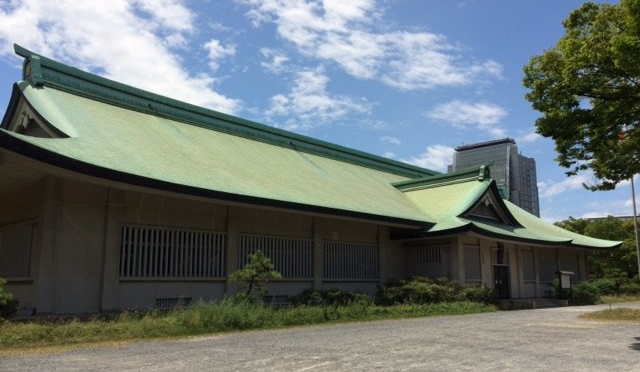
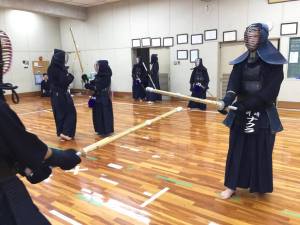
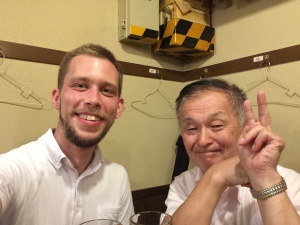
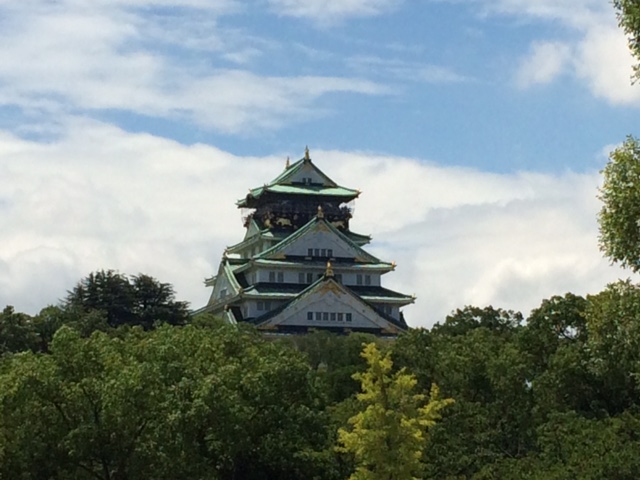
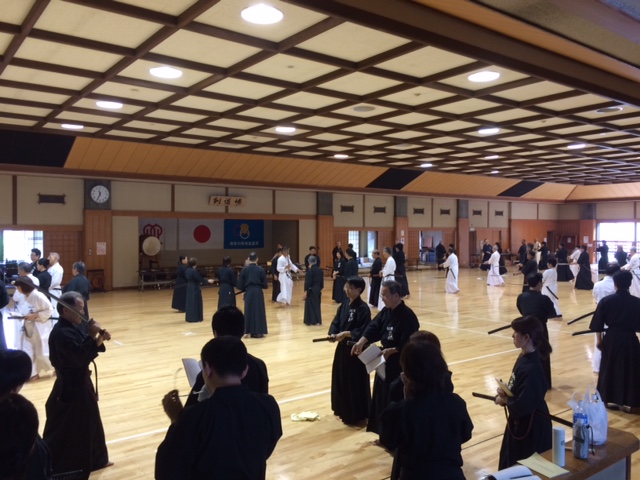
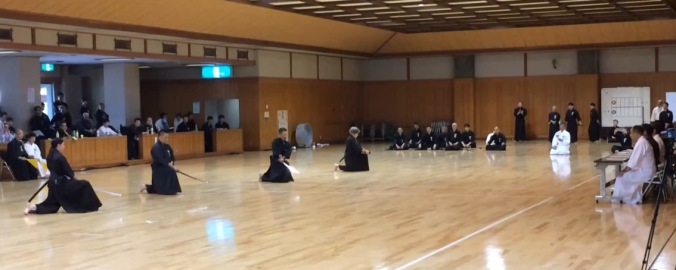
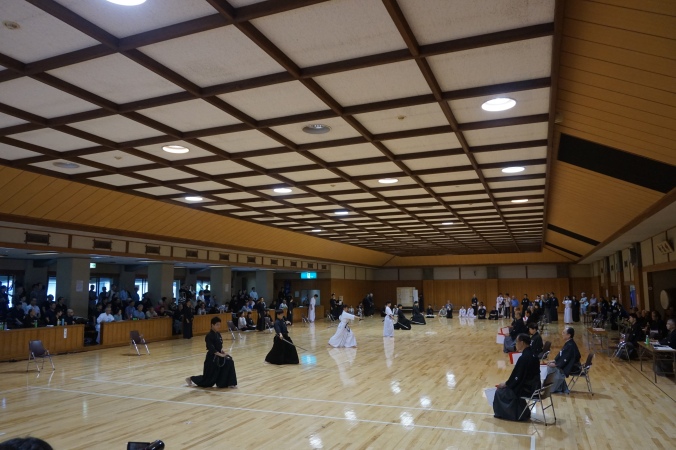
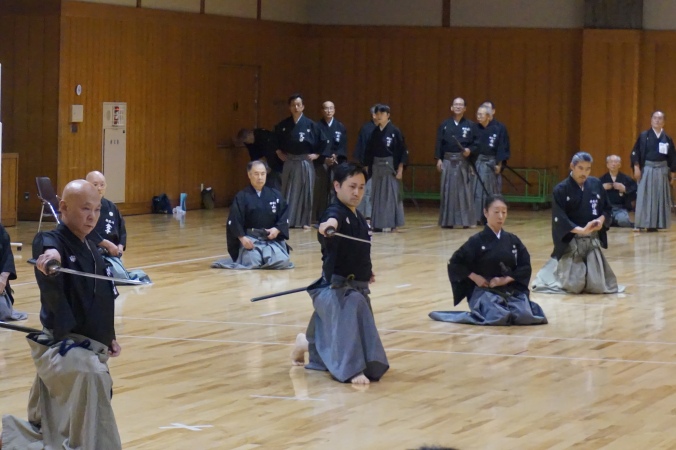
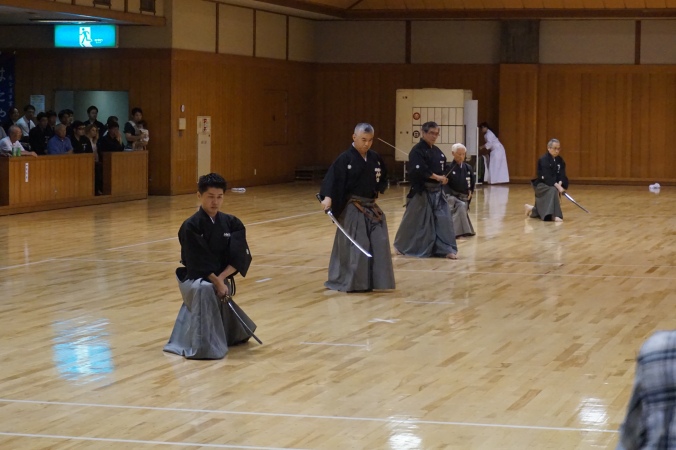
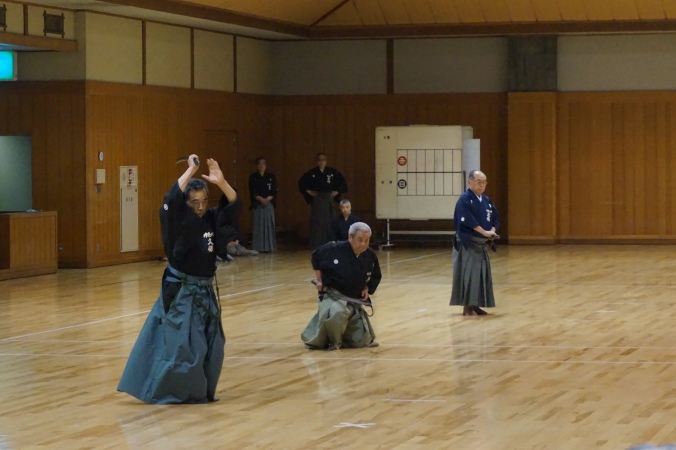
 When I initially moved to Japan back in October 2012, I started up a blog called
When I initially moved to Japan back in October 2012, I started up a blog called